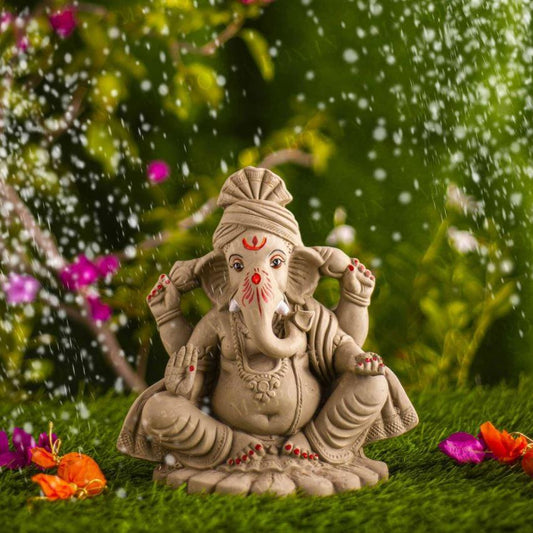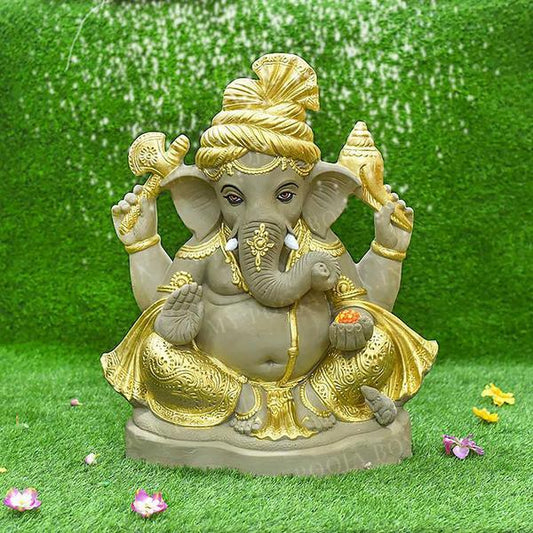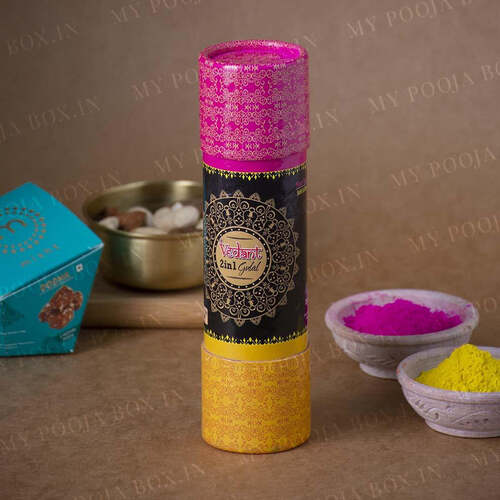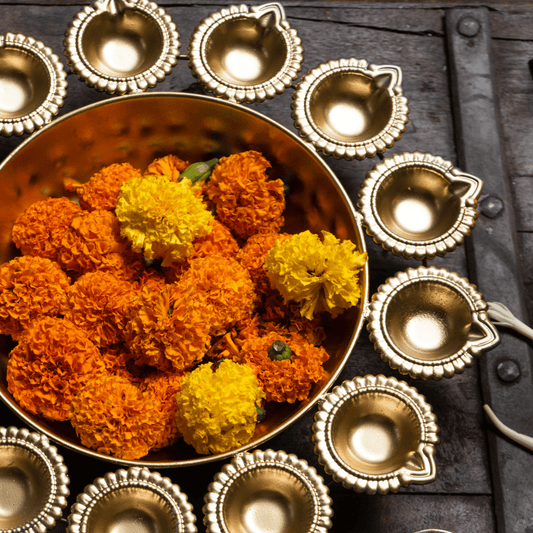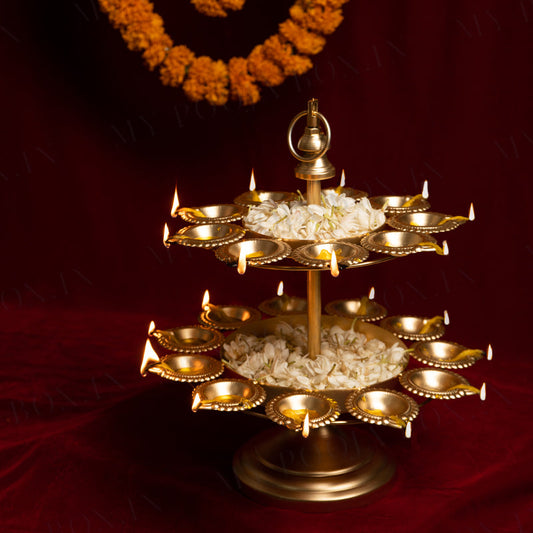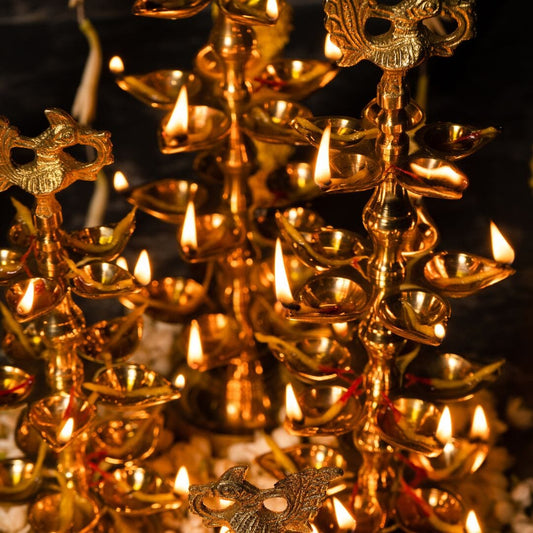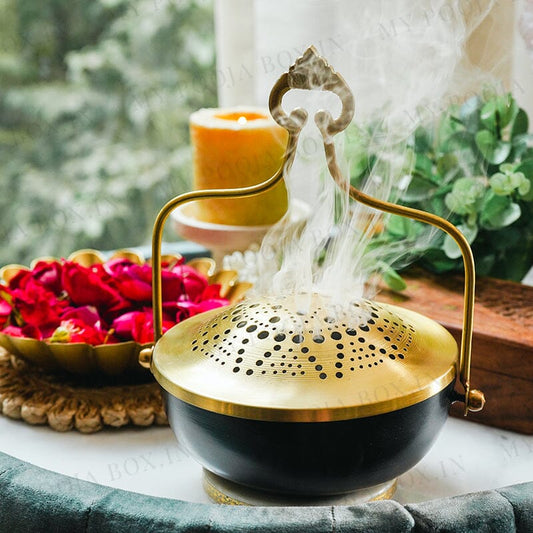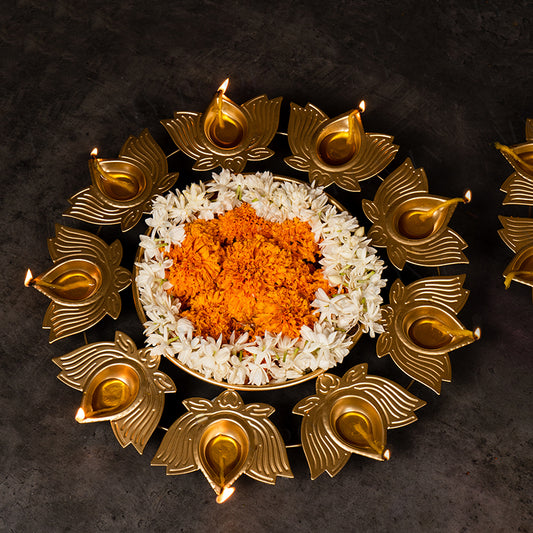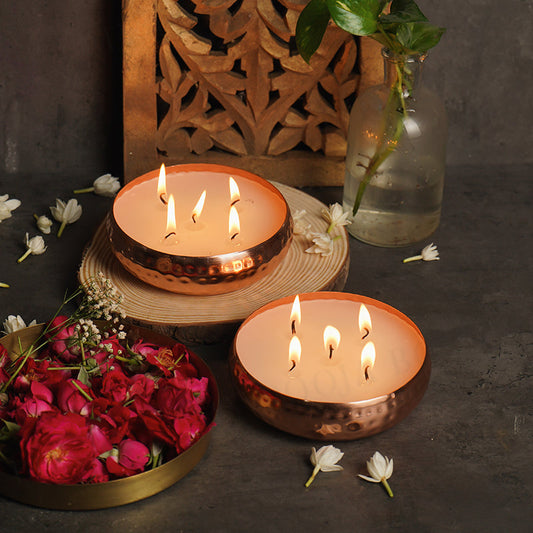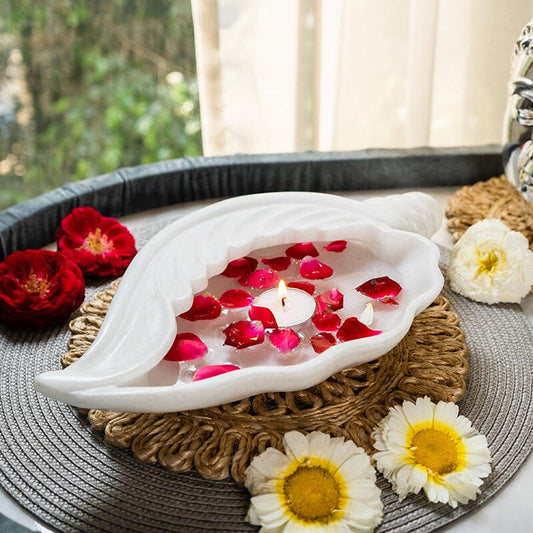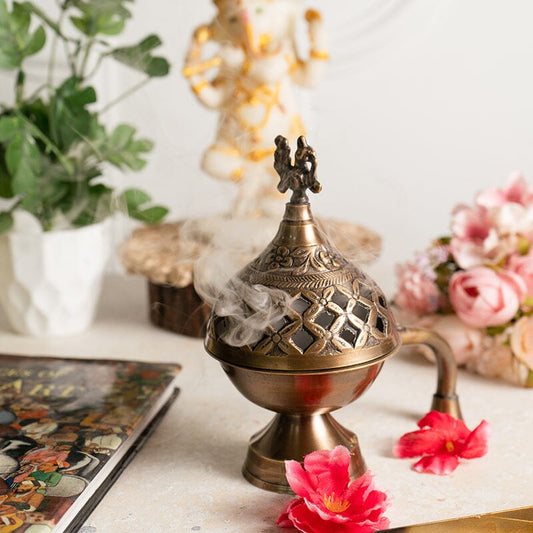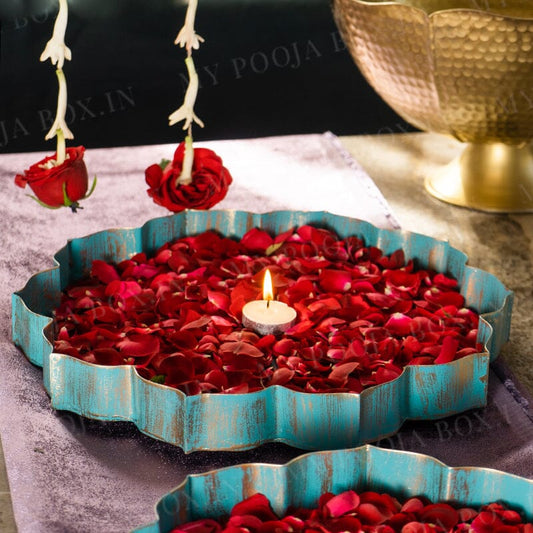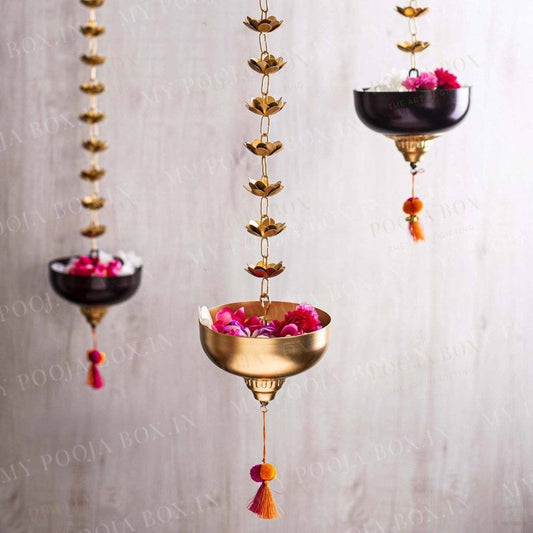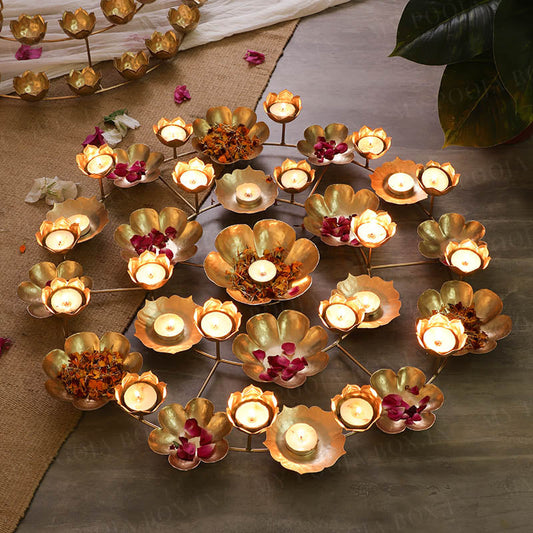Navratri, also called the Festival of Nine Nights, is a Hindu celebration. It is celebrated in the autumn season and marks the beginning of new seasons. Navratri is an important festival for Hindus as it celebrates the Goddess Durga's battle against evil. During Navratri, nine nights are dedicated to different forms of Goddess Durga through prayers and rituals.
Cleanse the house and sprinkle Ganga Jal in every room
Cleanse the house and sprinkle Ganga Jal in every room. Use Ganga Jal to cleanse the house and purify your body and mind during this holy time. It is also good to ensure your home is spiritually cleansed for Navratri.
Decorate your house with colorful 'Rangolis'
Rangoli is a type of Indian art in Navratri decoration items. Rangolis are made using rice powder, colored sand, flower petals, and leaves. Use whatever you have to create a beautiful rangolis at home. Make sure that the rangoli designs are simple and easy to make. If you are short on time or want something easier than making Rangolis, you can use felt tip pens for creating these designs or even buy them readymade from the market.
Gather all the pooja ingredients
First, you need to gather all the Navratri pooja samagri. There are many different types of Navratri pooja items that are used in the puja, but there are some that are common across all sects. The following is a list of things:
● Goddess Durga idol or picture
● Saree or a red dupatta to offer to Goddess Durga
● Panjika, or the sacred Hindu book
● Coconut
● Sandalwood
● Fresh mango leaves
● Paan
● Supari
● Ganga water
● Roli, the red holy powder which is used to put tilak
● Cardamom
● Incense sticks
● Cloves
● Fruits
● Sweets
● Incense sticks
● Fresh flowers to offer to Maa Durga
● Gulal
● Vermilion
● Raw rice
● Moli, a red sacred thread
● Grass
Place the deity
First, you have to place the Maa Durga idol on a raised platform and keep a small clay bowl near it filled with barley seeds. This ritual is known as Ghata Sthapana, marking the beginning of the Navratri pooja.

Plant a Tulsi sapling
Plant a Tulsi sapling. The plant is considered auspicious and holy and should be planted in the northeastern direction of your house during Navratri. The Tulsi plant is associated with purity, prosperity, and eternal love. It also means you can eliminate all obstacles that come before your path.
Worship Goddess Durga
The worship of Durga begins with the lighting of a Diya (lamp) before the image. Offer Kalash or ghat to Devi, using panchopchar—that is, worshipping her with five things: scent, flowers, Deepak/Diya, incense stick, and naivedyam
Chowki Sthapana
The process involves spreading a piece of roli on the chowki and tying moli—bright-colored strands of sacred thread—across and around it, then placing an idol of Goddess Durga right on top.
Navratri Pooja and Aarti
During Navratri, the nine-day Hindu festival celebrating Durga Maa's victory over evil forces—chanting prayers and invoking her presence in your home is considered auspicious; it is believed that she visits to bless families who observe this ritual.
You can decorate a thali (plate) with all the Navratri decoration items during aarti. Carry it in one hand and jingle bells with another hand as you sing an auspicious prayer to Maa Durga for her blessings.
Inviting and Feeding Goddesses
The last day or ninth day of Navratri is celebrated as Kanya Puja, a traditional ritual in which nine young girls are invited to the house and served food prepared by the devotee. These young girls are aged between 5 to 12 and represent the nine avatars or forms of Maa Durga.
Conclusion
Navratri is a festival celebrated in many different ways by Hindus, particularly those from the northern parts of India. The name "Navratri" means "nine nights," and this period corresponds to major agricultural festivals observed annually.



